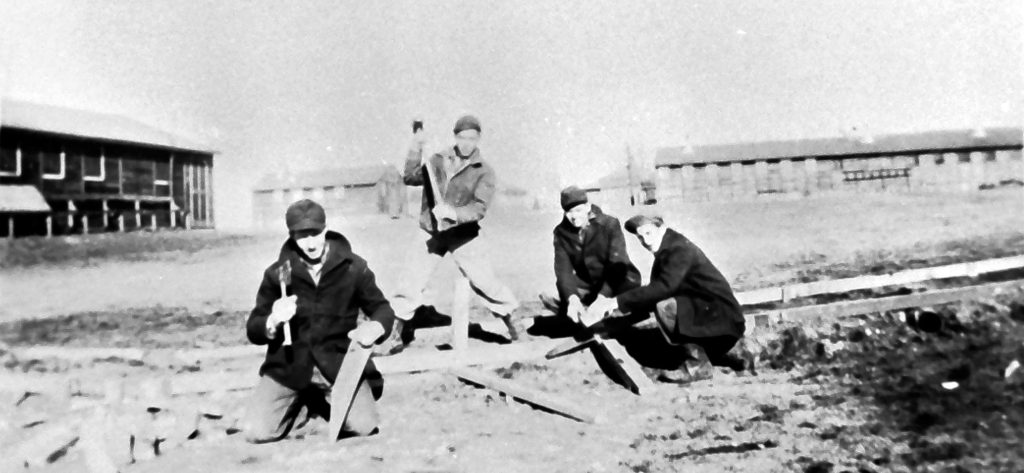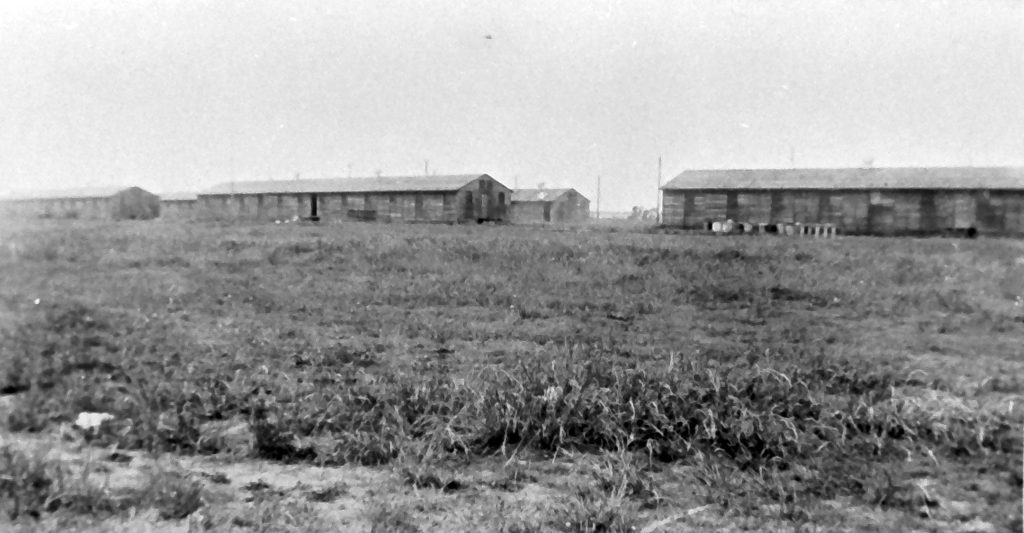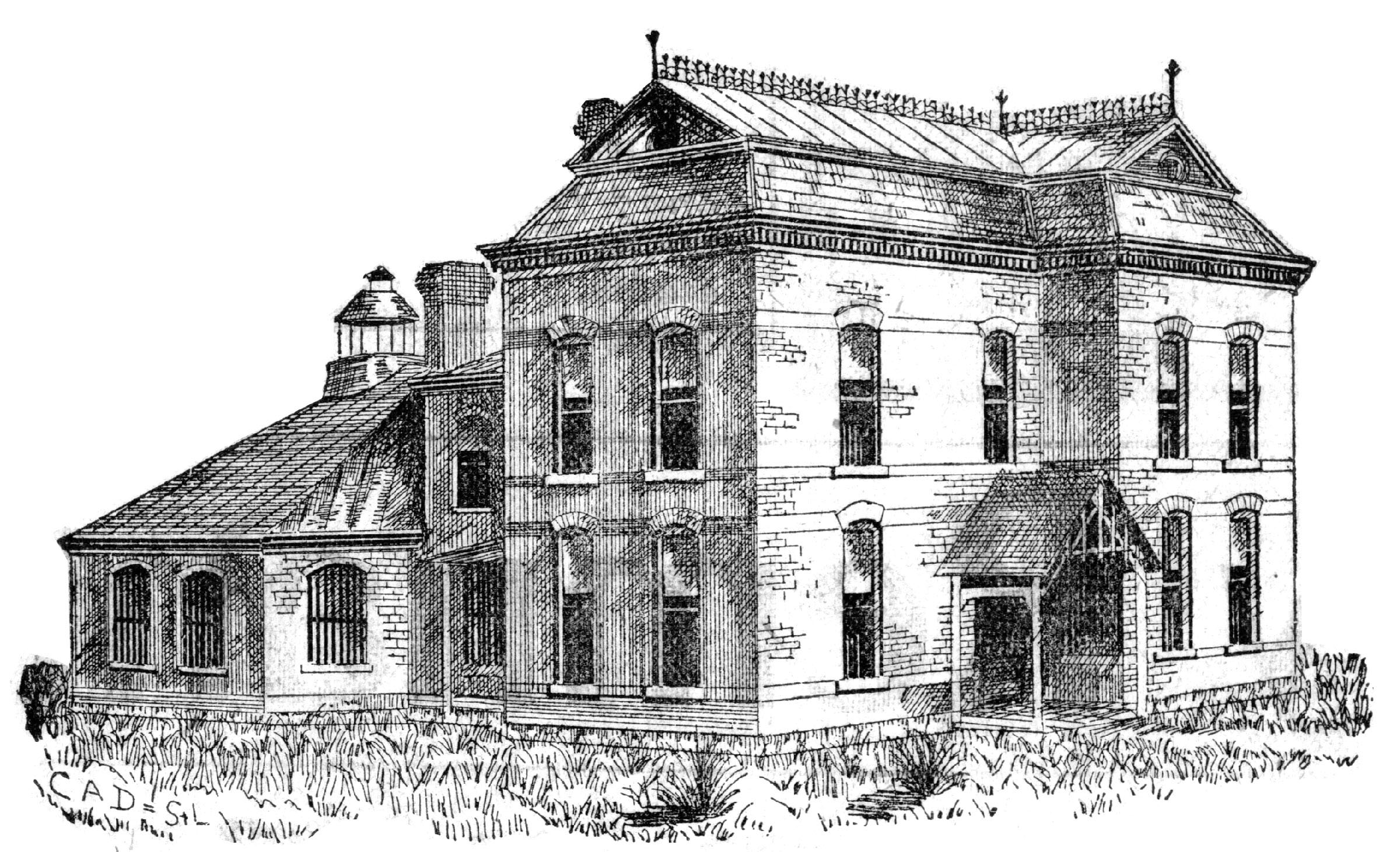John Shepard, a resident of the Lake Viking Health Care Center at Gallatin in June, 2004, remembers working in the Civilian Conservation Corps (CCC) during the Great Depression. These workers played a large part in putting food on the family’s table in that era. In the next few short paragraphs, I’d like to share what John shared with me about his CCC camp.
“If the parents had a job, the boys could still work, but only one boy could work at one time. For example, my brother Fred was also a CCC worker, but he could not be a member at the same time that I was.”
“I spent some time in Minnesota in one of the camps. We had to sleep in a small, wooden barracks which would hold approximately seven to 10 boys. The meals were good. We were paid $38 dollars per month plus our room and board. We couldn’t be married, nor could we have a car. If we were caught with one, we were “booted” out of the camp.”
“A few of the things we did were to build dams across ditches, cut wood for school houses, and plant locust trees.”
These CCC camps played a large part in supporting their families in these hard and difficult times. Let’s not forget people like John Shepard when we see him in the nursing home and let’s give him a smile and a thank you.
— written, researched and presented by Wilbur Bush, Gallatin, MO

This photo taken in 1934 shows some of the young men enrolled in the Civilian Conservation Corps (CCC) camp at Gallatin, MO. The national CCC program (1933–42) was one of the earliest New Deal programs, established to relieve unemployment during the Great Depression by providing national conservation work primarily for young unmarried men.

This photo shows part of the Civilian Conservation Corps (CCC) Camp at Gallatin, MO, in 1934. The official name of the project was PE-59 #730 and SCS-39 #1742.

This photo shows part of the Civilian Conservation Corps (CCC) Camp at Gallatin, MO, in 1934. The camp was located west of Olive Street (south of today’s livestock auction barn).

The CCC Boys lived in barracks and wore uniforms. The CCC made valuable contributions to forest management, flood control, conservation projects, and the development of state and national parks, forests, and historic sites. In return, the men received the benefits of education and training, a small paycheck, and the dignity of honest work.

This photo shows part of the Civilian Conservation Corps (CCC) Camp at Gallatin, MO, in 1934. The official name of the project was PE-59 #730 and SCS-39 #1742. Other nearby CCC projects were at Albany, Plattsburg, Hamilton, Bethany, Princeton, Trenton and elsewhere throughout Missouri.

The CCC Boys lived in barracks and wore uniforms. The CCC made valuable contributions to forest management, flood control, conservation projects, and the development of state and national parks, forests, and historic sites. In return, the men received the benefits of education and training, a small paycheck, and the dignity of honest work.

This photo shows part of the Civilian Conservation Corps (CCC) Camp at Gallatin, MO, in 1934.

The CCC Boys lived in barracks and wore uniforms. The CCC made valuable contributions to forest management, flood control, conservation projects, and the development of state and national parks, forests, and historic sites. In return, the men received the benefits of education and training, a small paycheck, and the dignity of honest work. This photo shows part of the Civilian Conservation Corps (CCC) Camp at Gallatin, MO, in 1934.

CCC camps were designed for 200 young men who lived in barracks and wore uniforms. Federal funding for each camp period lasted six months. The camp operated like the military. This photo shows part of the Civilian Conservation Corps (CCC) Camp at Gallatin, MO, in 1934.

Gallatin’s CCC Camp was once located in the fields west of Olive Street (open pasture between Searcy Elementary School and Daviess County Livestock Auction in 2020)

The CCC camp was run just like the military. This photo shows part of the Civilian Conservation Corps (CCC) Camp at Gallatin, MO, in 1934.

This photo shows part of the Civilian Conservation Corps (CCC) Camp at Gallatin, MO, in 1934. The official name of the project was PE-59 #730 and SCS-39 #1742. The camp was located west of Olive Street (south of today’s livestock auction barn).

Each CCC camp was run just like the military. These are the unidentified leaders of Project PE-59, Gallatin Camp in 1934.

The CCC allowed single men between the ages of 18 and 25 to enlist in work programs to improve America’s public lands, forests, and parks. Those participating were commonly called “the CCC Boys,” two enrollees shown here at the Gallatin camp in 1934.

The CCC made valuable contributions to forest management, flood control, conservation projects, and the development of state and national parks, forests, and historic sites. In return, the men received the benefits of education and training, a small paycheck, and the dignity of honest work.

